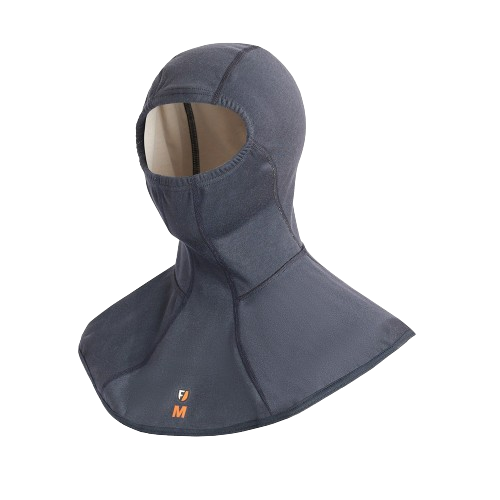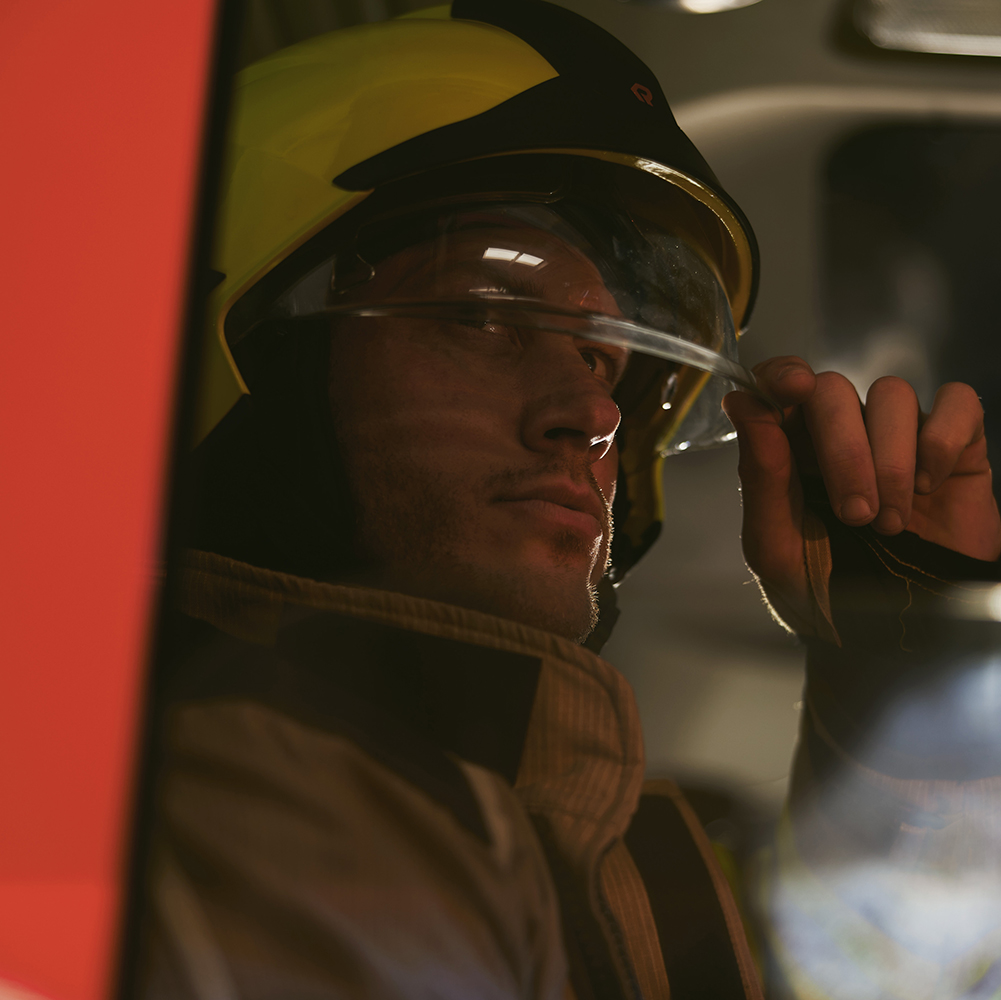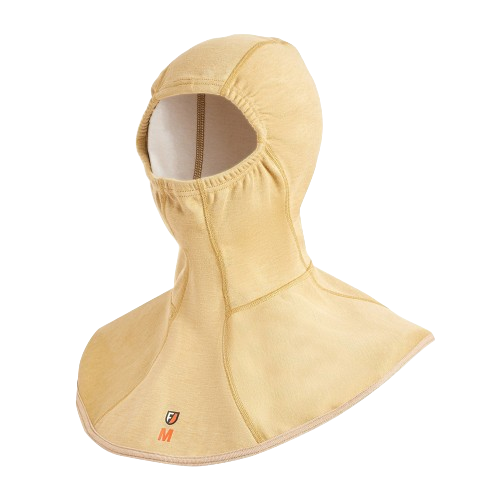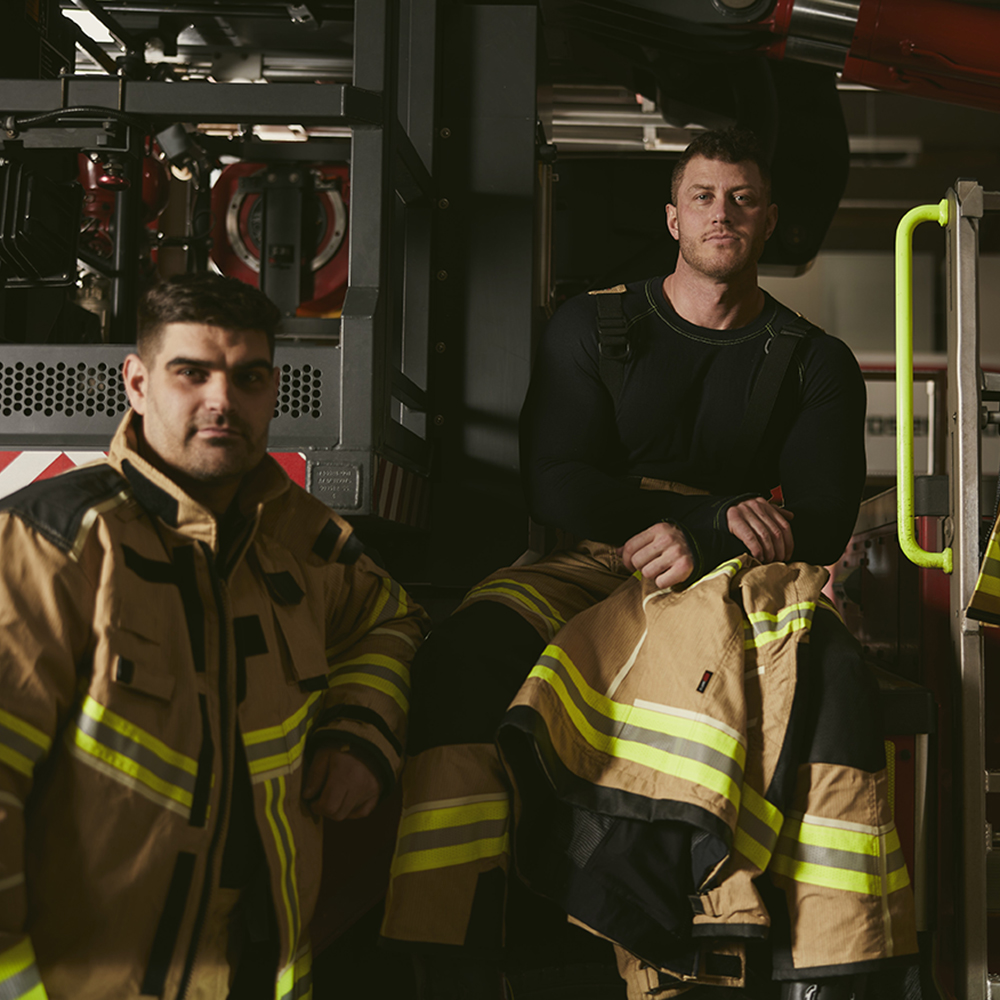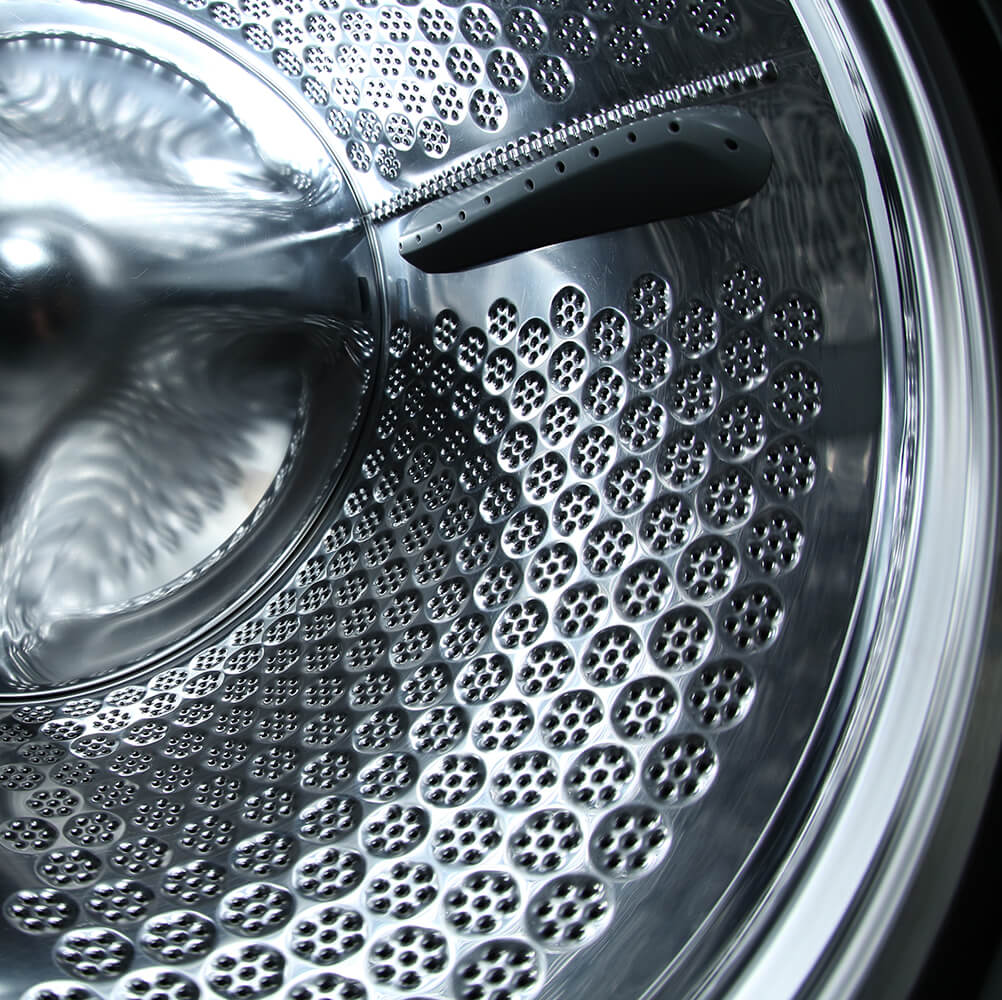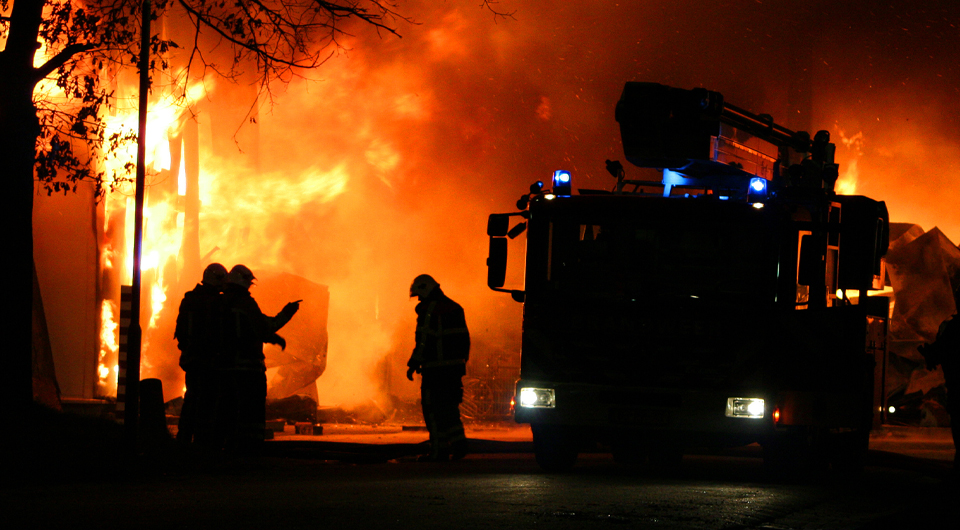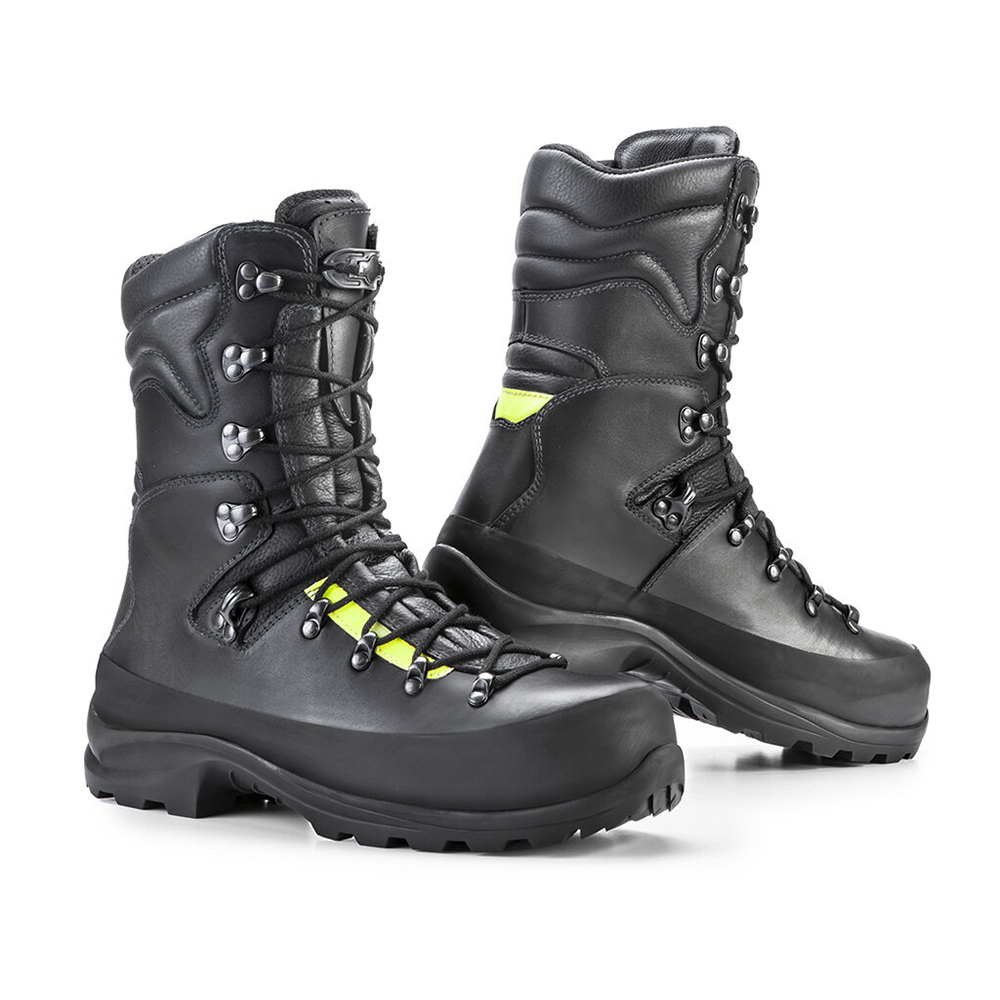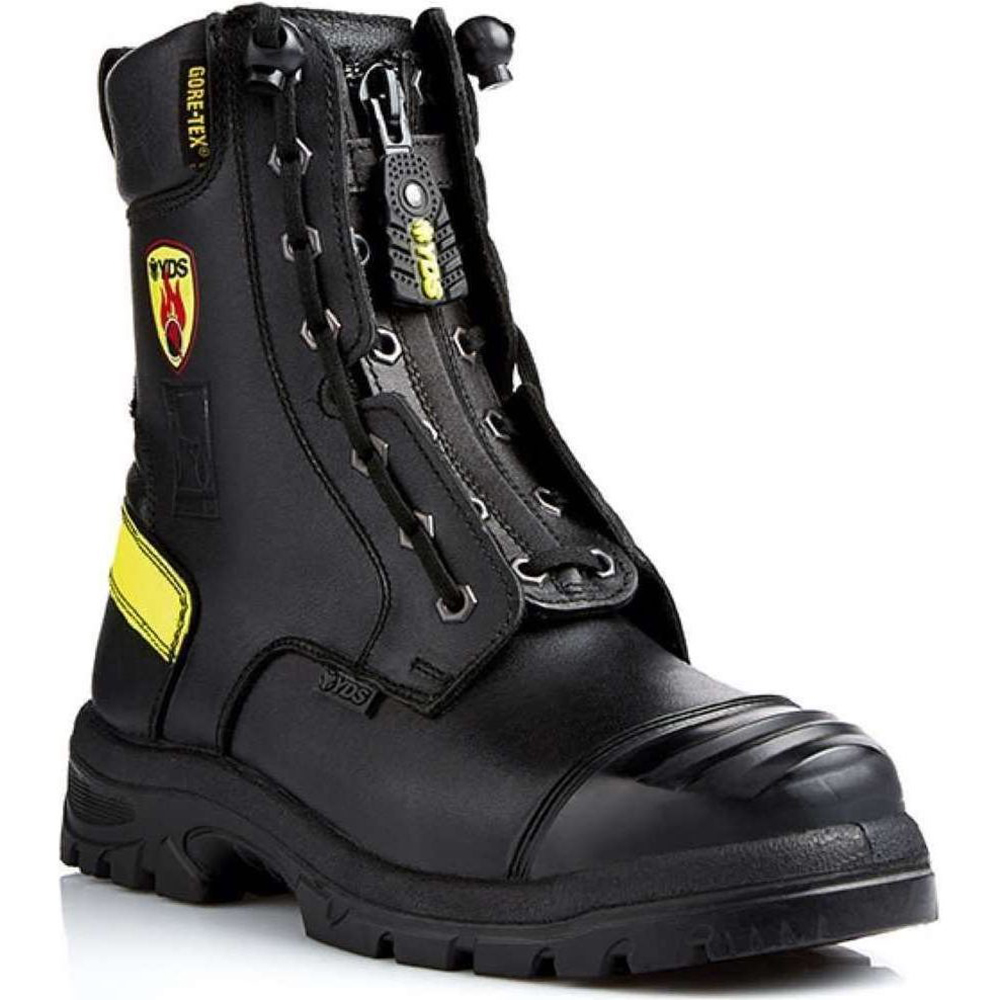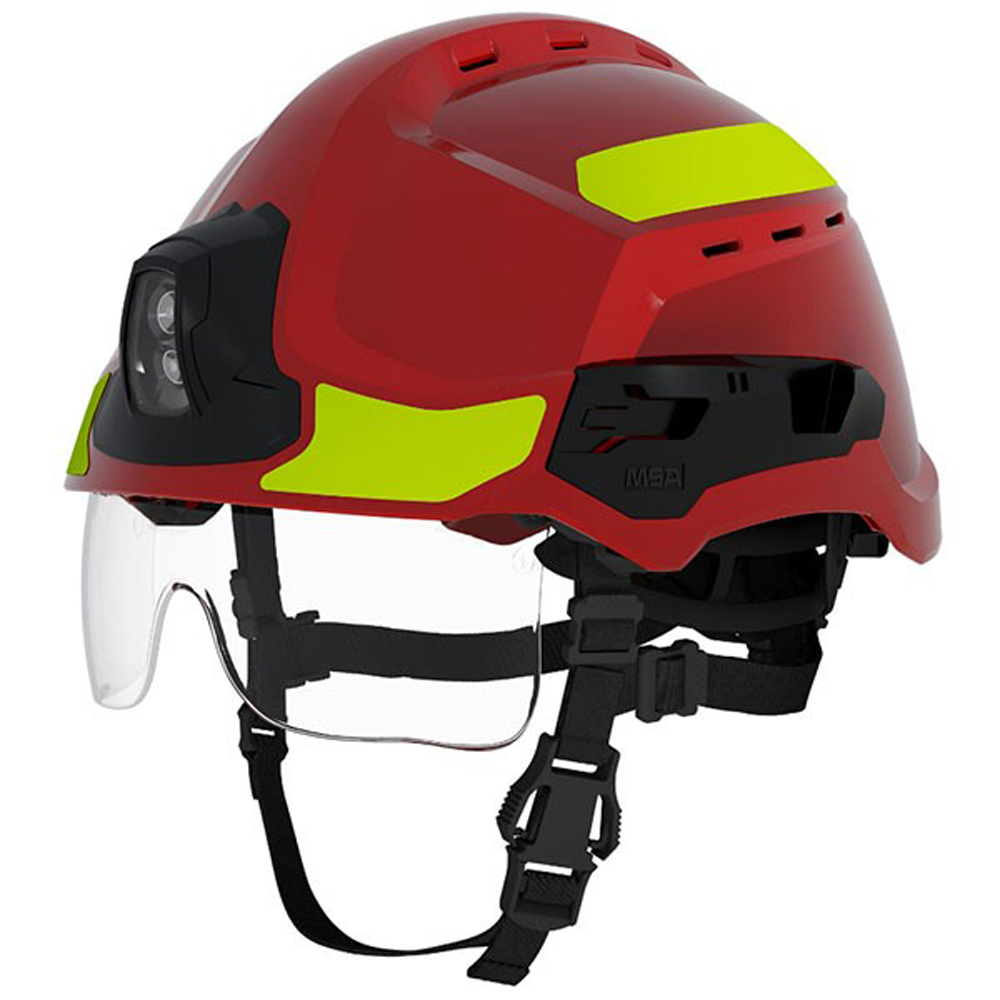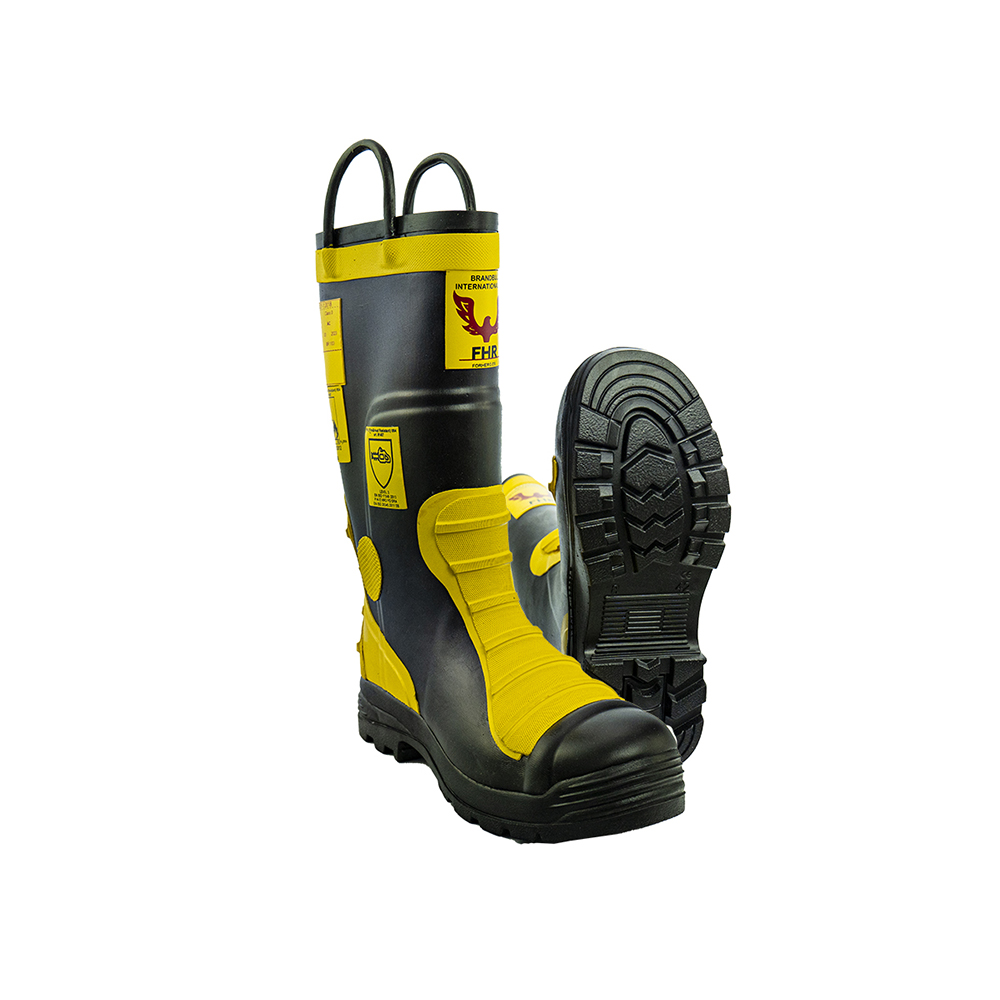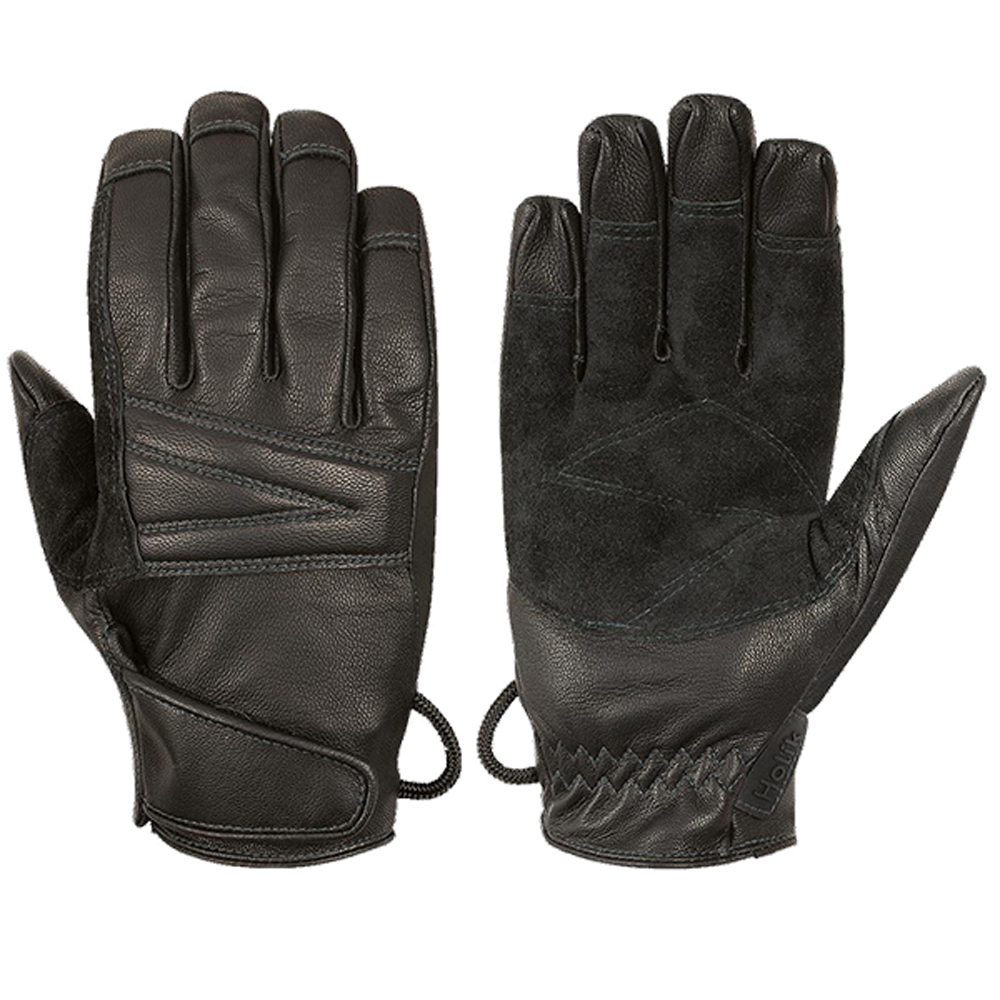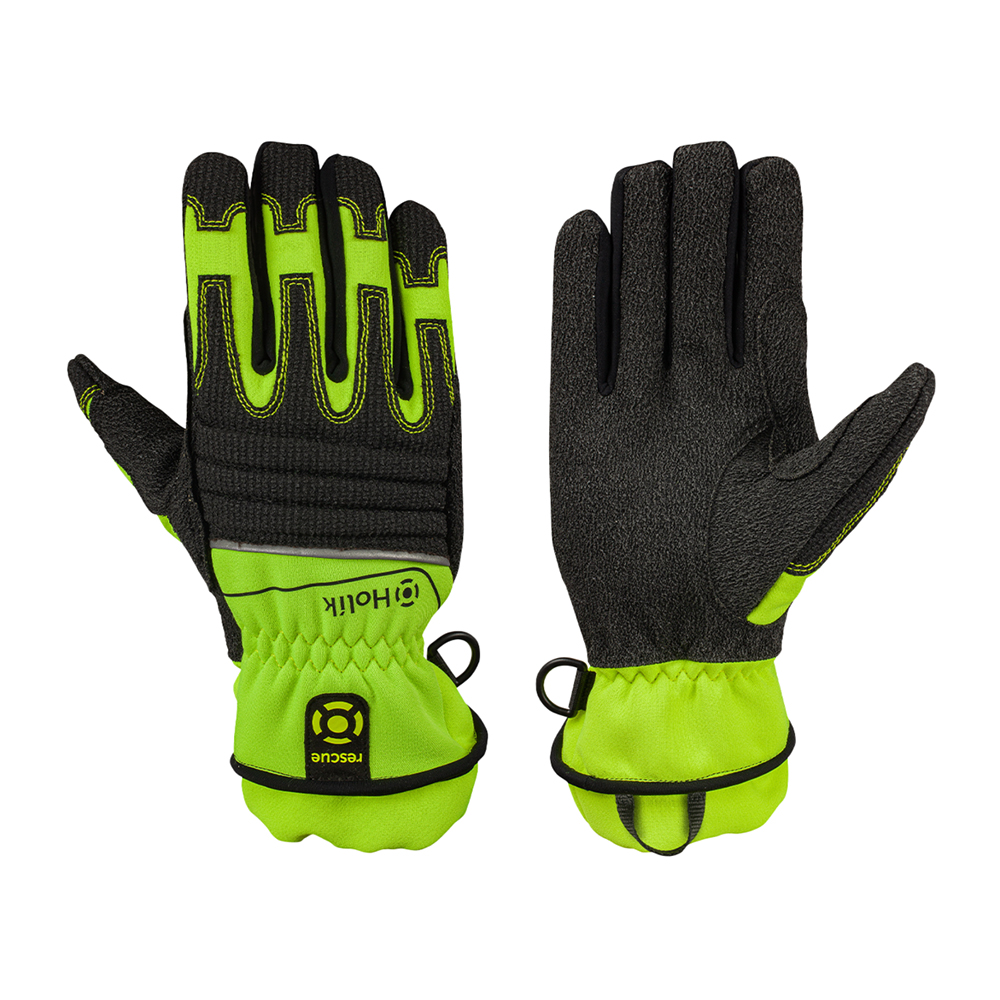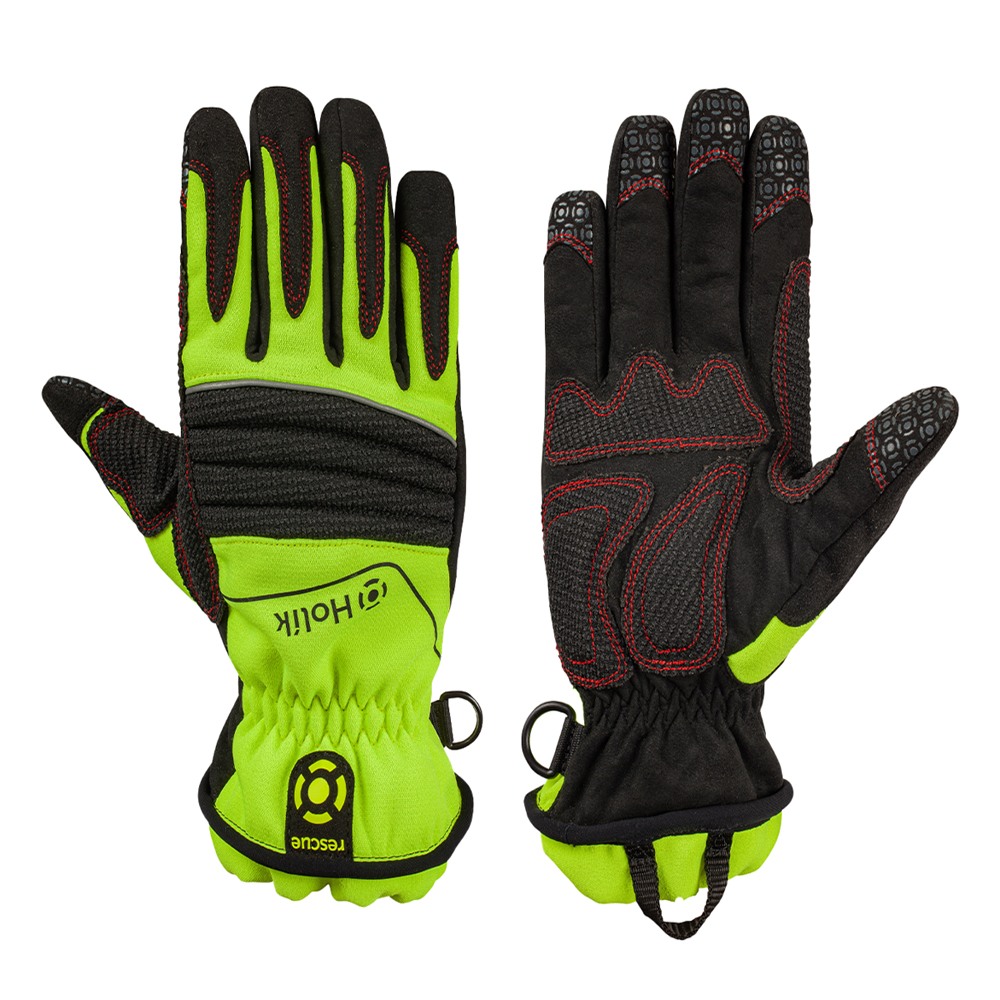Everything you need to know about the new firefighter PPE cleaning, maintenance and repair standard.
It has been a long time coming but it’s finally here. As you know, the fear of contaminants has been a hot topic for a while now. This new standard aims to give guidance for cleaning, maintenance and repair of firefighters’ PPE. It covers a lot: inspection, testing, cleaning, decontamination, drying, repairs, replacement, and retirement/disposal. It even covers recording, storage and transportation.
BS 8617:2019 is applicable to garments, helmets, gloves, footwear and firehoods worn by anyone involved in firefighting and associated activities. If you’re responsible for cleaning, maintaining or repairing firefighter PPE, then listen up.
Remember, the standard doesn’t specifically explain how to undertake procedures, it simply states what those procedures should be.
Let’s start with inspection:
There are two types of inspection indicated in BS 8617:2019: routine and advanced. I’ll only talk about the routine inspection here because that is what will apply to most of you and will be conducted far more often. In fact, you’ll be doing a routine inspection every time you get a new piece of kit, at the start of every shift, after you use the kit and any other time you deem an inspection to be required. So, quite regularly, indeed.
You’ll need to inspect each piece of your kit (Garments, Helmets, Gloves, footwear and firehoods) for the following:
1. Soiling
2. Contamination
3. Physical damage
4. Missing pieces
5. Damaged reflection strips
6. Kit specific damage (like checking the soles of boots)
There is a lot of detail for each piece of kit. We’ll be creating “how-tos” which will show how to inspect each piece of kit in accordance with BS 8617:2019, starting with the Jacket, in a few weeks.
If anything fails the routine inspection, then it’s time to submit that piece of fire kit for advanced inspection. It’s important to have procedures set up to implement this.
Testing
You can rest assured that if you buy kit from FlamePro, tests have been done to ensure it is fit for purpose. However, each garment goes on a different journey once we hand it over to you. BS 8617:2019 recommends that further testing may be required after the kit has exceeded its expected lifecycle or after a particularly intense event where performance may have been compromised. We’d be happy to organise testing by an independent and specialised organisation if you have any concerns.
Cleaning and decontamination
This is a very important section of the new standard. This section details how to keep kit clean, on a daily basis by firefighters, and how to avoid cross contamination. There are two types of PPE (soft and hard) and two levels of cleaning (routine and advanced).
Routine cleaning would ideally take place (or at least begin) at the emergency scene. If that’s not possible there should be a designated area at the station to complete the process.
Routine cleaning is very simple (and applies to soft and hard PPE):
• A gentle brush or wipe off
• Rinse with water
• Dry (air dry only)
Please be aware that heavy scrubbing, high pressure water jets and force drying are not to be used.
Advanced Cleaning is more complicated:
Don’t worry too much about how the cleaning is conducted at this level. This cleaning will be completed off site. the important thing for you to understand is how to prepare for this cleaning:
After an incident – straight after, before getting in the truck – kit should be presented to trained personnel to determine if level 1 or level 2 cleaning is needed. If it is deemed that level 2 is needed, then the garments must be doffed and double-bagged. If it is soft PPE, then the first bag should be water-soluble. All bagged items should be sent for level 2 cleaning. We offer a fully compliant care and maintenance program; please get in touch to discuss how we can help.
This segues nicely into the next section:
Repair and Replacement
All repairs that we would conduct on your garments are done by trained personnel. We ensure we follow the strict guidelines laid out in this standard and make sure our products continue to live up to your expectations.
Retirement and disposal
How to know when it’s time to retire firefighters’ PPE? If any of the below are true, it’s time to move on.
1.It’s over 10 years since manufacture.
2. It is after the lifespan as determined by the manufacturer.
3. It’s not possible or cost effective to repair damage to the kit.
4. It has been contaminated by CBRN agents.
5. It’s important to have procedures in place to allow for quick replacement of retired PPE.
Disposing of firefighters’ retired PPE should be done in such a way that it will not be used in any firefighting or emergency activities, this includes live fire training. It’s also essential that tracking devices and all marks that could identify your organisation, or the wearer, be removed.
Recording and traceability
BS 8617:2019 makes it very clear that your PPE should be fully traceable. The following records should be kept for each item:
• The person(s) the PPE is issued to
• Date and condition when issues
• Manufacturer and model name/design
• Manufacturer’s identification number
• Month and year of manufacture
• Date(s) and findings of advanced inspection(s)
• Date of level 2 cleaning
• Date(s) of repair(s), who performed the repair(s), brief description of the repair(s) and batch number of repair materials (may be appropriate to take a picture)
• Date of retirement
• Date and method of disposal
Storage
Don’t store your PPE with sharp objects or anything else that could damage the kit.
PPE should not be stored in direct sunlight, in airtight containers, vacuum packed, at extreme temperatures (below -32 or above 82) or in contact with contaminates. This is all assuming that the PPE has been cleaned before storage (which it should be if there is intent to reuse). Soiled PPE should be stored in such a way that it cannot cause cross-contamination. Contain this kit as if before laundry (double bagged). Do not store in living quarters or with personal belongings.
Transportation
When transporting soiled PPE try to avoid doing so in private cars or public transport. Remember, the main aim here is to avoid contaminants to every care must be taken to avoid cross-contamination.
We know it’s important that you make the right choice. If you would like any further advice on what to look for when specifying your new firefighting kit don’t hesitate to get in touch or call one of our experts on +44 (0) 1332 341030.
